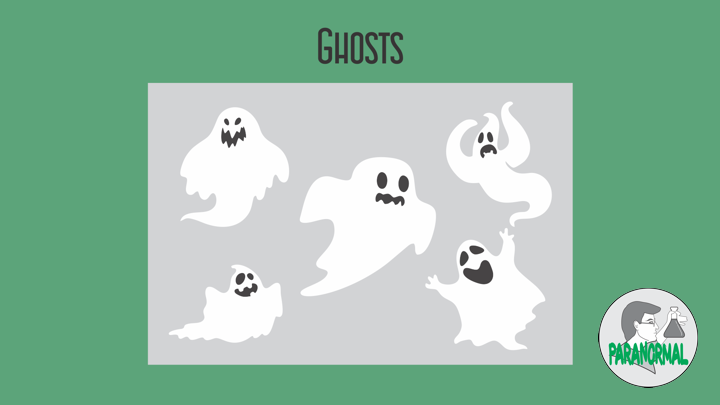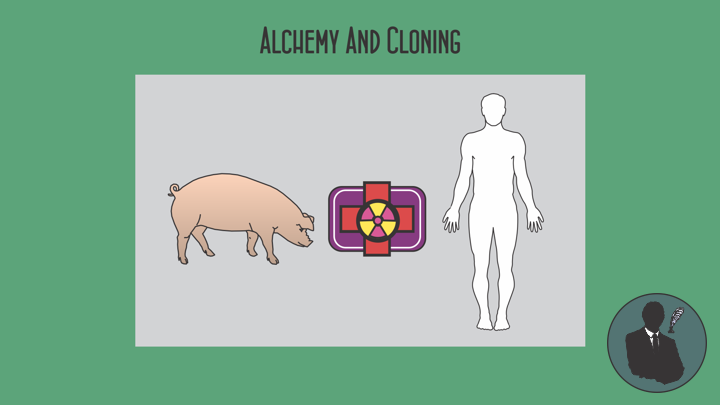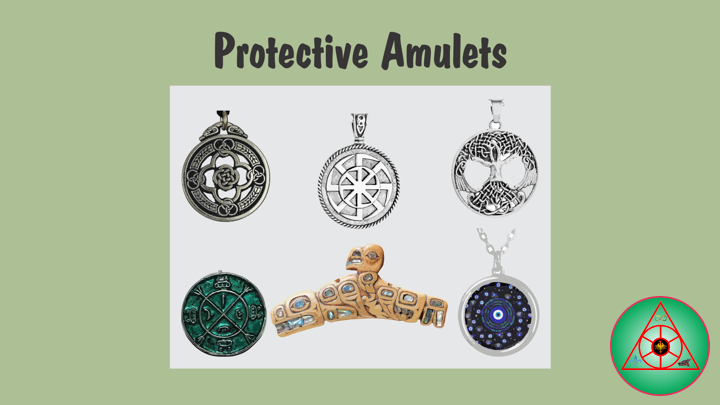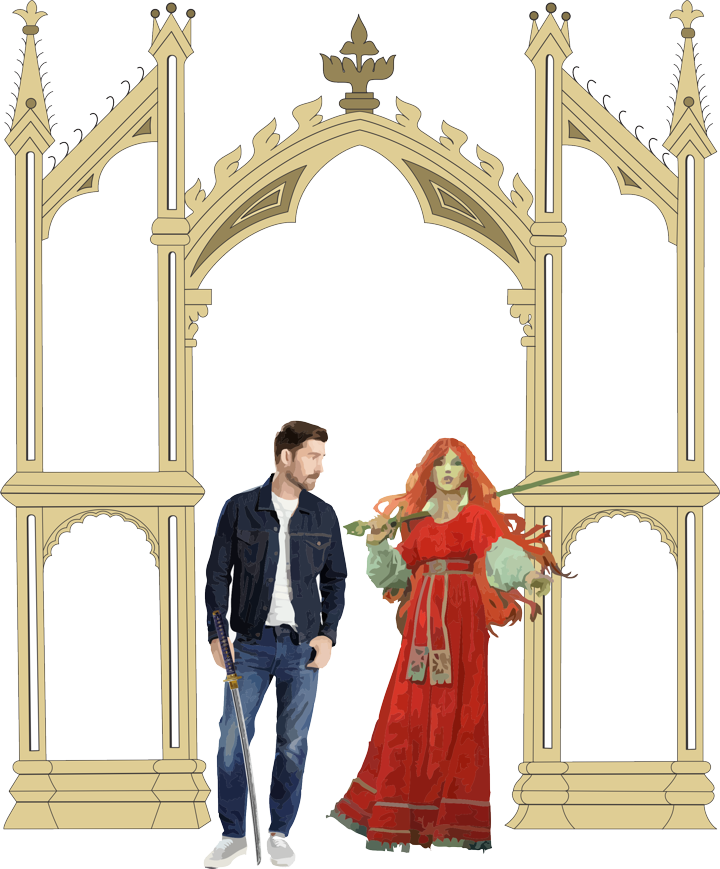——
#Paranormal #DrScientist #Ghosts #ExtrasensoryPerception #Cryptozoology #Telekinesis #Poltergeists #Ghost #UFO #Alien #Extraterrestrial
——
——
Ghosts
In a ghost is the soul or spirit of a dead person or non-human animal that is believed to be able to appear to the living. In descriptions of ghosts vary widely, from an invisible presence to translucent or barely visible wispy shapes to realistic, lifelike forms. Other terms associated with it are apparition, haunt, haint, phantom, poltergeist, shade, specter, spirit, spook, wraith, demon, and ghoul.
By Religion Ghosts
- Judaism
- Christianity
- Islam
- Indian
- Buddhism
- Etc…
By Culture Ghosts
- African
- European
- South and Southeast Asia
- Thailand
- Austronesia
- East and Central Asia
- China
- Japan
- Americas
- Mexico
- Etc…
Types of Ghosts
Ghosts are a common element of many cultures and traditions around the world, and they come in many different forms. Here are a few of the most common types of ghosts:
- Vengeful Ghosts: These are ghosts that are believed to have died under unjust or violent circumstances and seek revenge on the living. They are often associated with murder victims, soldiers killed in battle, or people who were wronged in life.
- Friendly Ghosts: In contrast to vengeful ghosts, friendly ghosts are believed to be helpful or benevolent spirits that can offer protection or guidance to the living. These ghosts are often associated with deceased loved ones or ancestors who continue to watch over their families.
- Poltergeists: Poltergeists are ghosts that are believed to be responsible for physical disturbances in a home or other location, such as moving objects or loud noises. They are often depicted as mischievous or malevolent spirits.
- Ghosts of Ancestors: In many cultures, it is believed that the spirits of deceased ancestors continue to play a role in the lives of their living descendants. These ghosts are often honored with offerings or prayers and are believed to provide guidance and protection to their families.
- The Interactive Personality: The most common of all ghosts spotted is usually of a deceased person, someone you know, a family member or perhaps even a historical figure. These ghosts can be friendly or not, but often show themselves to others in a variety of ways. They can become visible; they can speak or make noises, touch you or even emit an odor like perfume or cigar smoke, etc, to let you know they are there. Experts say that this type of ghost retains its former personality of when they were alive and can feel emotions. And often, they are visiting you to comfort you or let you know something important. So if you happen to see a lost loved one, chances are they are there because they feel you want or need to see them.
- Ghosts of Children: The spirits of deceased children are often depicted as ghosts in many cultures and are sometimes believed to be especially potent or powerful. In some cases, they are seen as innocent and benevolent beings that bring good luck, while in others they are feared as vengeful or malevolent spirits.
- Ghostly Animals: In some cultures, it is believed that animals can also become ghosts. These ghosts are often associated with the spirits of beloved pets or with animals that played an important role in a community’s history or mythology.
- The Ectoplasm: Ever seen a mist or fog that almost looks like it’s swirling. This vaporous cloud usually appears several feet off the ground and can move swiftly or simply stay still, almost likes it’s orbiting. These ghostly encounters have been captured and can be white, gray or even black. Although they can simply appear this way, linger then move away quickly, sometimes ectoplasms appear before becoming a full-bodied apparition.
- Orbs: Orbs are probably the most photographed type of anomaly. They appear as a transparent or translucent ball of light that is hovering over the ground. It is believed that orbs are the soul of a human or even an animal that has died and is traveling around from one place to another. The circular shape they take on makes it easier for them to move around and is often the first state they appear in before they become a full-bodied apparition.
- Funnel Ghosts: Most often spotted in homes or old historical buildings, the funnel ghost or vortex is frequently associated with a cold spot. They usually take on the shape of a swirling funnel and most paranormal experts believe they are a loved one returning for a visit or even a former resident of the home. Appearing as a wisp of light or a swirling spiral of light.
- Etc…
Report a Ghosts? Have some Ghosts footage a cell integrated camera or a movie camera or a video camera? Have some Ghosts a picture? The Sassquatch’s Lair, www.sassquatch.org, Paranormal, Name, Email, Comment or Message, Submit…
Dr. Scientist






